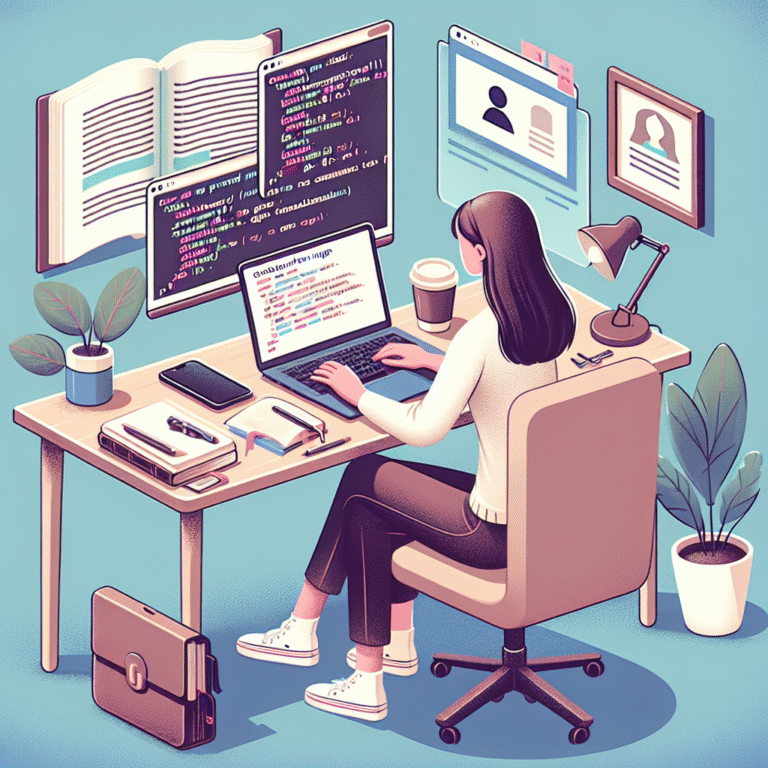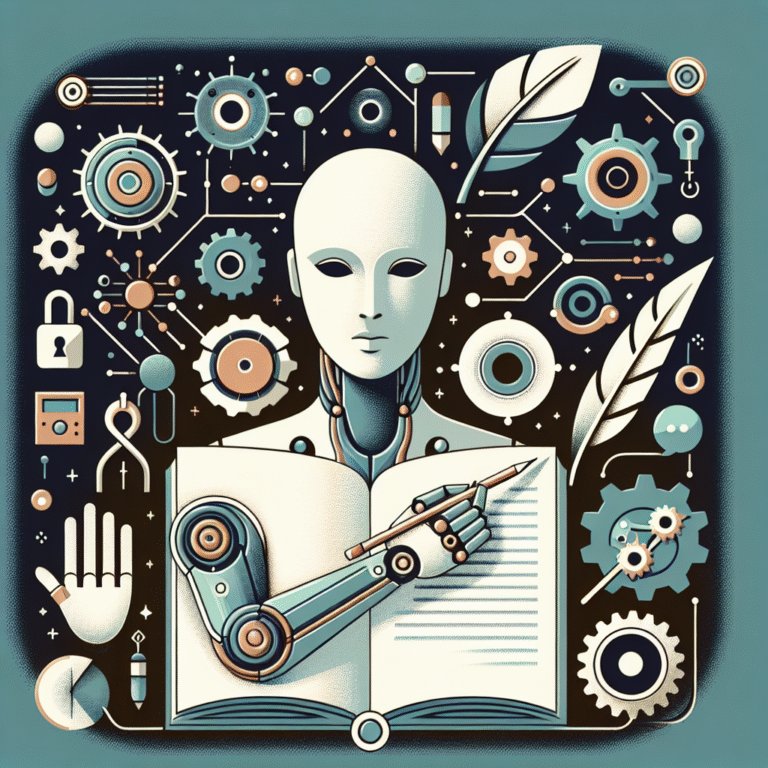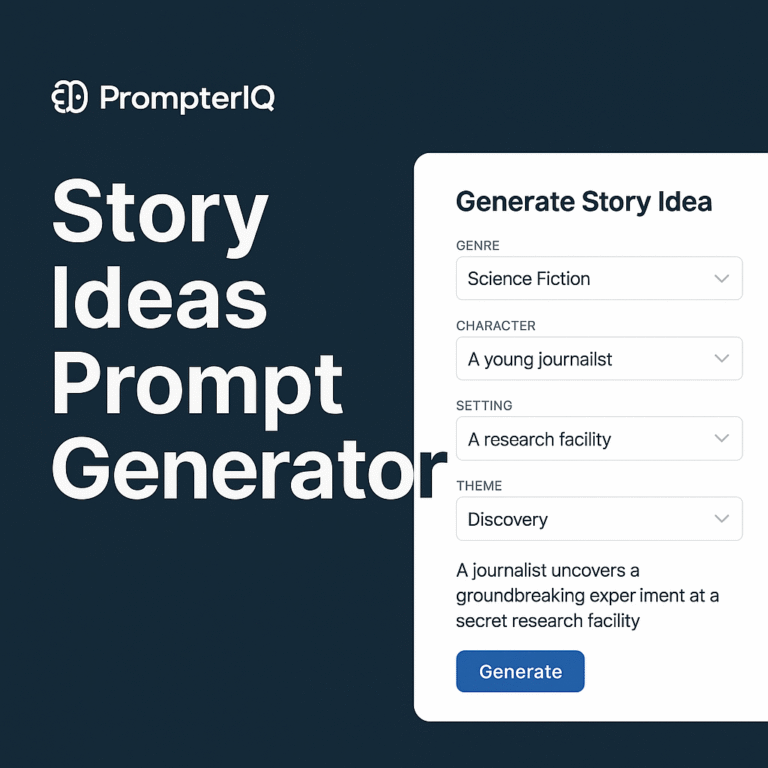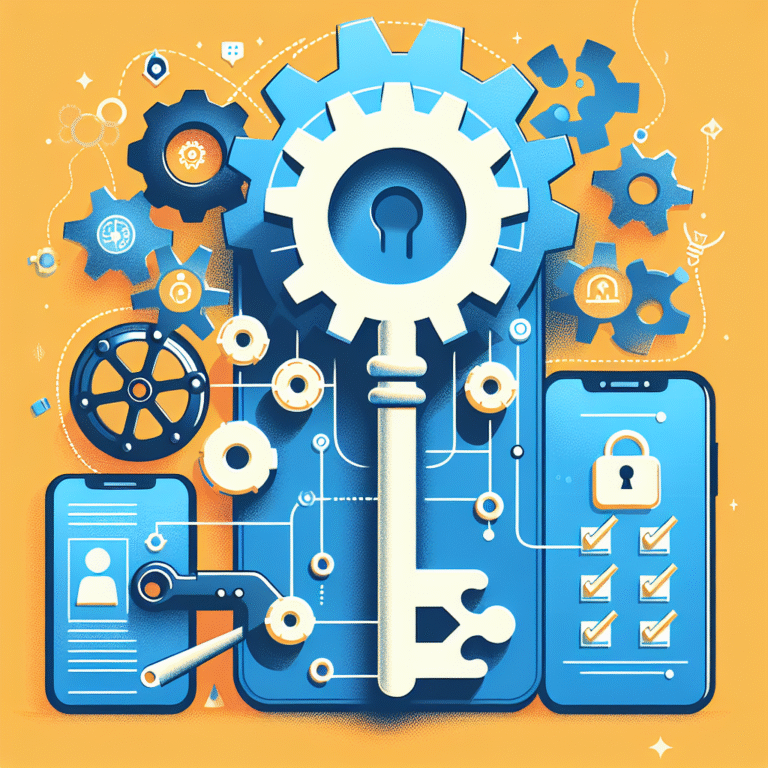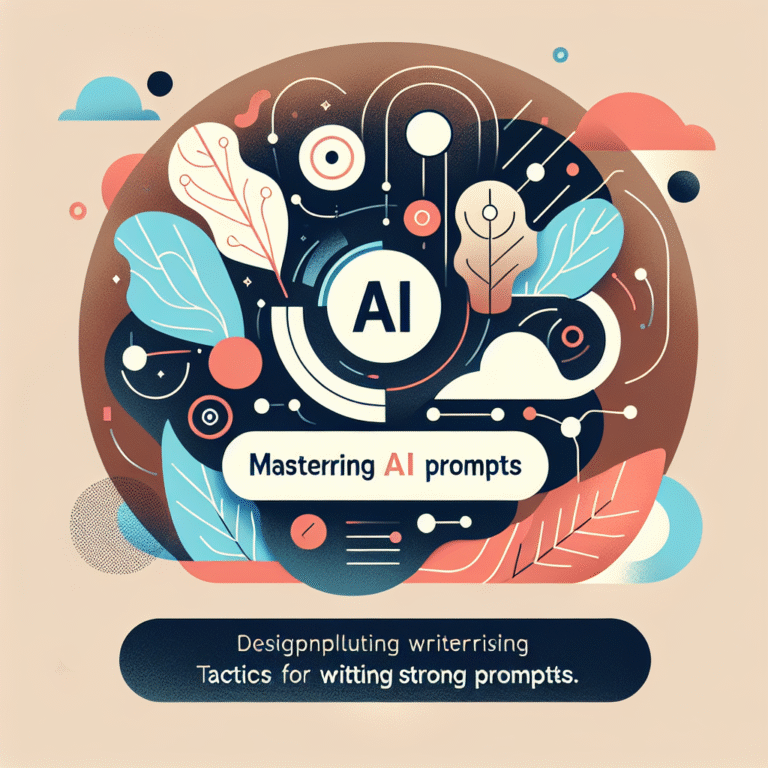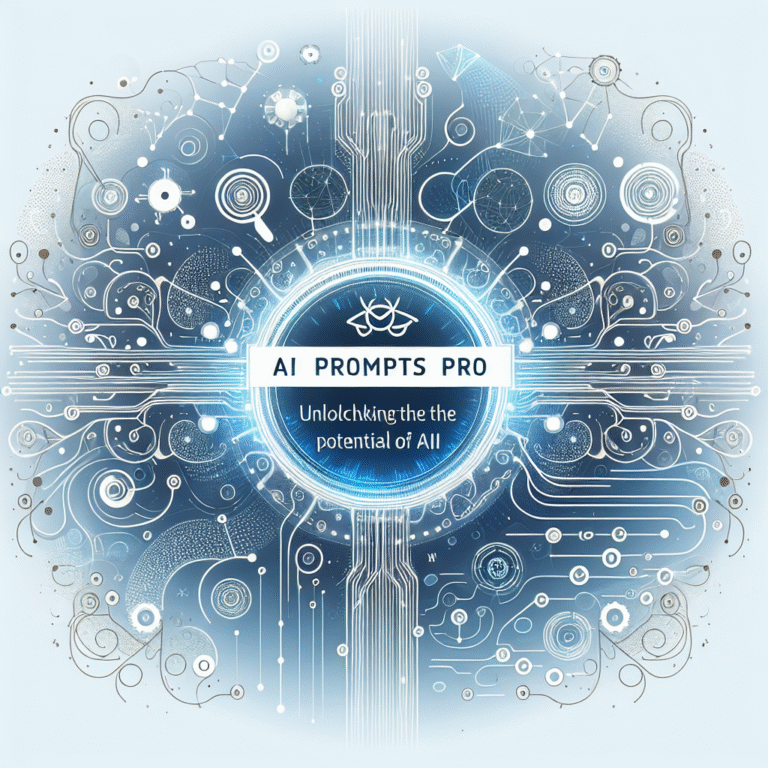Things to Ask ChatGPT: Unlocking the Full Potential
p>Things to ask ChatGPT is a topic that has garnered significant attention in recent times, especially with the rapid advancement of artificial intelligence and natural language processing technologies. ChatGPT, an AI chatbot developed by OpenAI, has been making waves due to its ability to understand and respond to human-like queries, making it an incredibly powerful tool for a wide range of applications, from education and research to entertainment and customer service. The sheer versatility of ChatGPT means that the list of things to ask it is virtually endless, limited only by one’s imagination and the boundaries of its programming and knowledge base. For instance, one can use ChatGPT to generate creative writing, such as poetry or short stories, based on prompts or ideas provided by the user. It can also be employed for more practical purposes, like drafting emails, letters, or even entire reports, by inputting the necessary details and context. Moreover, ChatGPT’s capability to explain complex concepts in simple terms makes it an invaluable resource for students and educators alike, facilitating a deeper understanding of subjects across the curriculum. However, to truly unlock the full potential of ChatGPT, it’s essential to delve into the specifics of what can be asked, exploring both the breadth and depth of its capabilities. This includes understanding its limitations, such as its reliance on the data it was trained on and its potential biases, as well as its strengths, like its ability to learn from interactions and improve over time. By doing so, users can maximize the benefits of interacting with ChatGPT, whether for personal, academic, or professional purposes.<<
Introduction to ChatGPT
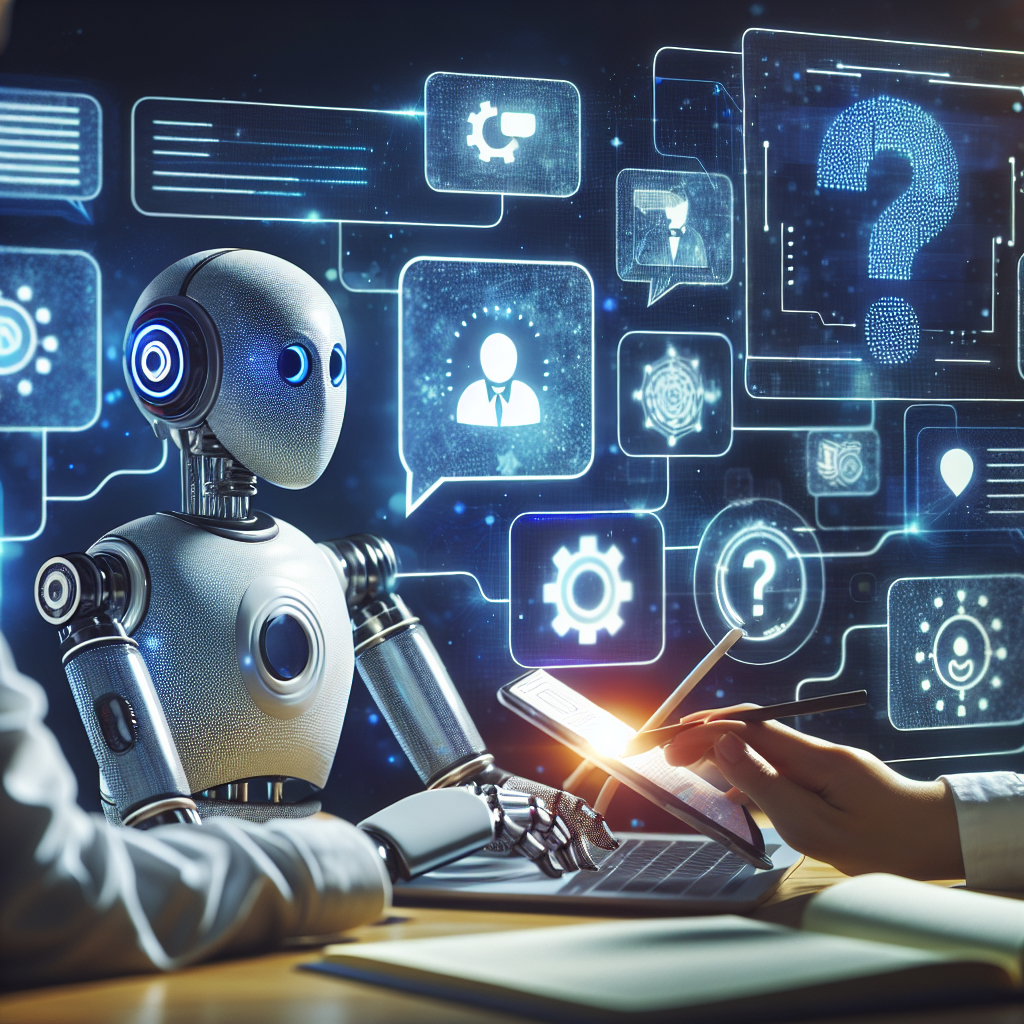 <<
<<
An introduction to ChatGPT would be incomplete without discussing its underlying technology. ChatGPT is built on a massive dataset of text from various sources, including books, articles, and conversations. This dataset allows it to learn patterns and relationships in language, enabling it to generate human-like responses to a wide array of questions and prompts. One of the key features of ChatGPT is its ability to engage in conversational dialogue, meaning it can respond to follow-up questions and engage in multi-turn conversations, making the interaction feel more natural and intuitive. For example, if a user asks ChatGPT about the history of a particular city, it can provide a detailed account based on its training data. If the user then asks a follow-up question about a specific event or figure from that history, ChatGPT can respond with relevant information, demonstrating its capacity to understand context and maintain a coherent conversation. This feature makes ChatGPT not only a source of information but also a tool for exploration and discovery, allowing users to delve deeper into topics of interest through interactive questioning.<<
Exploring ChatGPT’s Capabilities
<<
Exploring ChatGPT’s capabilities involves understanding both what it can do and how it can be used effectively. On the creative side, ChatGPT can be a powerful collaborator for writers, helping with ideas, outlines, and even drafting sections of text. It can also assist in language translation, making it a valuable tool for communicating across linguistic and cultural boundaries. For professionals, ChatGPT can aid in content creation, such as writing social media posts, product descriptions, or blog articles, saving time and effort. Additionally, its ability to summarize long pieces of text into concise, understandable summaries makes it invaluable for research and study, helping individuals quickly grasp the essence of complex documents or articles. To fully leverage these capabilities, it’s crucial to approach ChatGPT with well-defined questions or prompts, as this helps in getting precise and relevant responses. For instance, asking ChatGPT to ‘Explain the concept of renewable energy and its importance in the current global context’ would yield a more focused and informative response than a vague query like ‘Tell me about energy.’ This precision in questioning can significantly enhance the utility and effectiveness of interactions with ChatGPT.<<
Practical Applications of ChatGPT
<<
The practical applications of ChatGPT are vast and varied, reflecting its potential to impact numerous aspects of daily life and work. In education, ChatGPT can serve as a personalized learning companion, helping students with homework, explaining difficult concepts, and even offering study tips and strategies. For businesses, it can be integrated into customer service systems, providing 24/7 support and helping to resolve queries and issues promptly. Furthermore, its language generation capabilities make it suitable for content marketing, allowing companies to produce engaging, high-quality content without the need for extensive human resources. ChatGPT can also be a boon for accessibility, assisting individuals with disabilities by providing text-to-speech functionality, language translation, and even helping with daily tasks through automated routines. To illustrate its potential in a real-world setting, consider a company looking to expand its customer support operations without significantly increasing its workforce. By implementing ChatGPT as a first line of support, the company can immediately address common queries, freeing human customer support agents to focus on more complex issues that require a personal touch. This not only improves response times but also enhances customer satisfaction, showcasing the practical impact of leveraging ChatGPT in a business context.<<
Step-by-Step Guide to Using ChatGPT
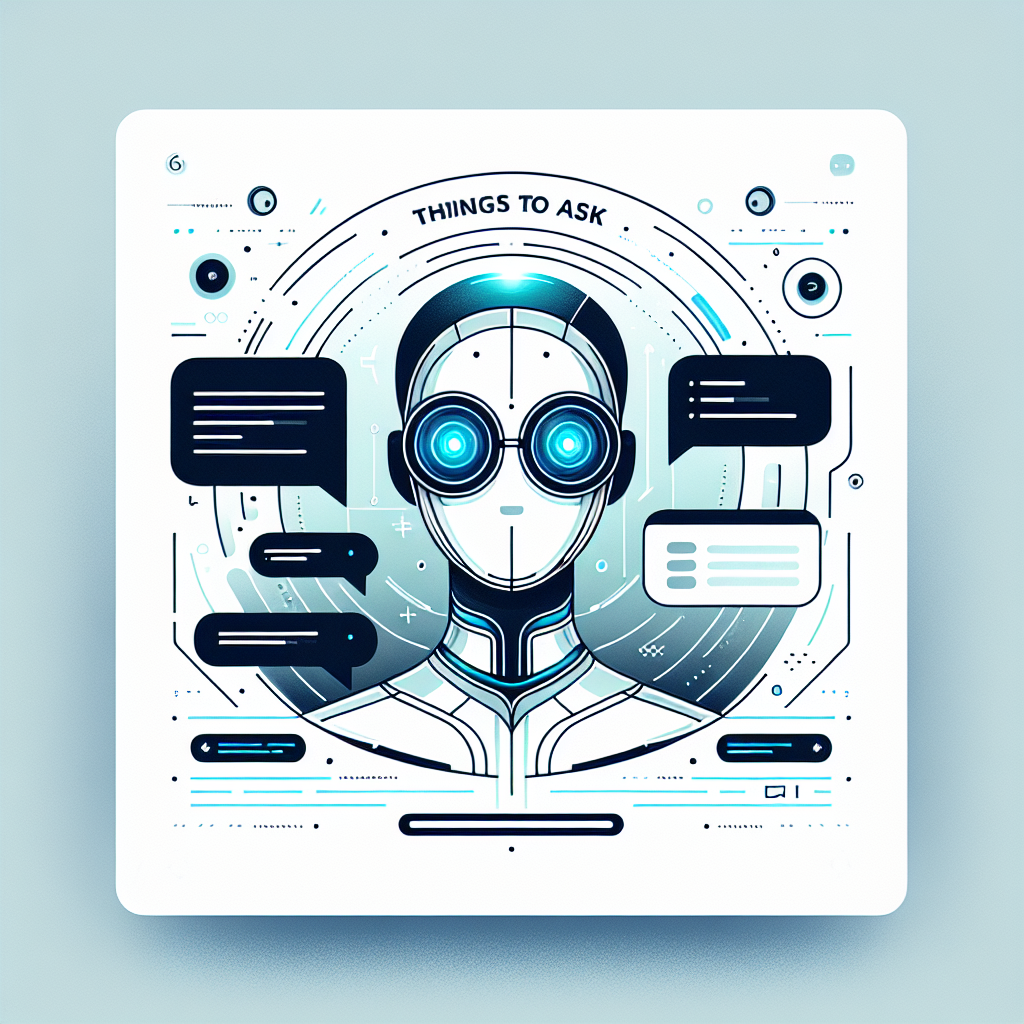 <<
<<
A step-by-step guide to using ChatGPT effectively would start with understanding the basics of how to interact with it. First, users need to access ChatGPT through its official platform or any integrated service that offers its functionality. Once accessed, the next step is to formulate a clear and specific question or prompt. This could range from asking for information on a particular topic, requesting the generation of creative content, or seeking assistance with a task like language translation. After inputting the prompt, ChatGPT processes the request and generates a response, which is then displayed to the user. Depending on the nature of the interaction, users may engage in a back-and-forth conversation, refining their query or exploring related topics. It’s also important to note that ChatGPT’s responses are generated based on patterns in the data it was trained on, and while it strives to provide accurate and helpful information, it’s not perfect and may occasionally make mistakes or provide outdated information. Therefore, it’s crucial to verify critical information through other sources when possible. By following these steps and being mindful of ChatGPT’s capabilities and limitations, users can unlock a wealth of possibilities, from enhancing productivity and learning to exploring new ideas and creative expressions.<<
Case Studies and Real-World Applications
<<
Looking at case studies and real-world applications of ChatGPT can provide valuable insights into its potential impact and practical uses. For example, in the field of healthcare, ChatGPT can be used to help patients understand their conditions and treatments better by providing personalized explanations and support. In the legal sector, it can assist in drafting legal documents and contracts, as well as helping lawyers research and prepare for cases. Educational institutions have also begun to explore the potential of ChatGPT as a tool for personalized learning, using it to create customized lesson plans and study materials tailored to individual students’ needs and learning styles. Moreover, its application in mental health support is being explored, with ChatGPT being used to offer emotional support and connect individuals with professional help when needed. These examples illustrate how ChatGPT can be adapted to various contexts, serving as a versatile tool that can contribute to efficiency, accessibility, and innovation across different industries and aspects of life. By examining these case studies, it becomes clear that the future of work and interaction is likely to involve significant contributions from AI technologies like ChatGPT, underscoring the importance of understanding and harnessing their potential.<<
Future Developments and Challenges
<<
Considering future developments and challenges related to ChatGPT and similar AI technologies is essential for preparing for the implications of their widespread adoption. One of the significant challenges facing the development of ChatGPT is the issue of bias in its training data, which can result in biased or discriminatory responses. Addressing this requires not only diverse and inclusive training datasets but also ongoing monitoring and updating of the AI’s knowledge base to reflect changing social norms and values. Furthermore, as ChatGPT and other AI models become more integrated into daily life, there will be a growing need for ethical guidelines and regulations governing their use, particularly in sensitive areas like healthcare and law. Despite these challenges, the potential for future developments is immense, with possibilities ranging from more sophisticated natural language understanding to the integration of ChatGPT with other technologies, such as virtual reality or the Internet of Things, to create even more immersive and interactive experiences. As research and development continue, it’s likely that we will see ChatGPT evolve into an even more powerful and indispensable tool, one that not only assists us in our tasks but also enriches our interactions and expands our capabilities in profound ways.<<
Conclusion and Insights
<<
In conclusion, the list of things to ask ChatGPT is as vast as it is varied, reflecting the AI’s potential to impact numerous aspects of life, from the personal to the professional. By understanding its capabilities, exploring its practical applications, and considering its future developments and challenges, we can unlock the full potential of ChatGPT and similar AI technologies. This involves not only recognizing their strengths and limitations but also being aware of the ethical implications of their use and the need for ongoing development and refinement. As we move forward in this rapidly evolving landscape, it’s clear that AI will play an increasingly significant role in shaping our experiences, interactions, and understanding of the world. By embracing this change and working to harness the potential of technologies like ChatGPT, we can look forward to a future that is more efficient, more accessible, and more filled with possibilities than ever before. Whether through enhancing education, improving customer service, or facilitating creativity, ChatGPT stands as a testament to the power of innovation and the importance of exploring and understanding the vast potential of artificial intelligence. As such, it’s an exciting time to engage with ChatGPT and related technologies, to explore their capabilities, and to contribute to the ongoing conversation about how these tools can best serve humanity’s needs and aspirations.<<
Finally, as we consider the future of ChatGPT and its role in our lives, it’s essential to maintain a balanced perspective, recognizing both the benefits and the challenges that come with the integration of AI into our daily routines. By doing so, we can work towards a future where technologies like ChatGPT are used to augment human capabilities, to foster connection and understanding, and to contribute to the betterment of society as a whole. This requires a collaborative effort, involving not just technologists and developers but also policymakers, educators, and the broader community, all working together to ensure that the benefits of AI are accessible to all and that its risks are mitigated. Through this collective approach, we can unlock the true potential of ChatGPT and similar technologies, harnessing their power to create a brighter, more inclusive, and more compassionate world for everyone.
